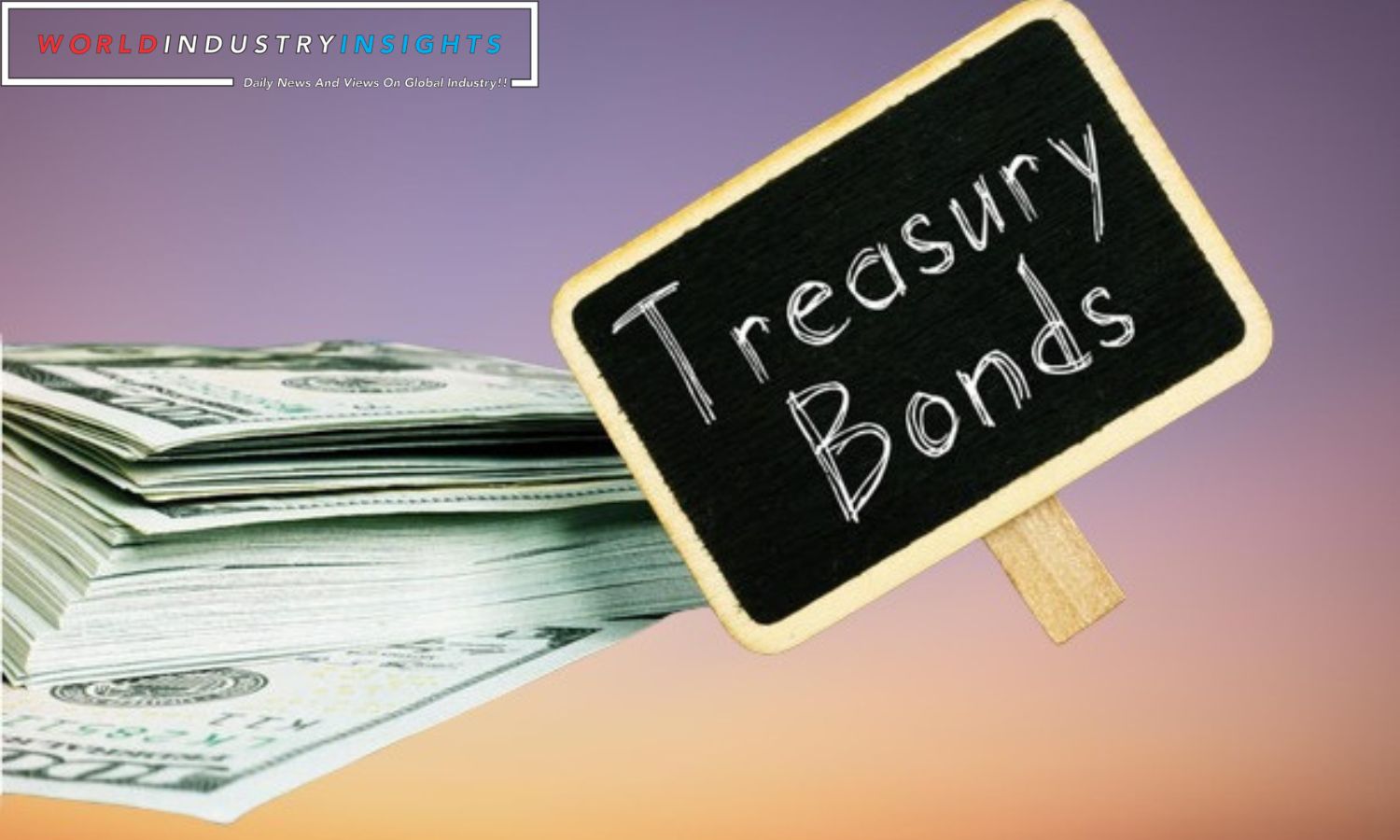US Bond Yields Surge: The recent spike in U.S. bond yields is unusual in finance, a world of stories and estimates. It means price rises are less likely to be large. Bond investors may consider the Federal Reserve’s function of interpreting its hints is less significant because the economy is good and there are many bond offers. People that like bonding propose this.
Tuesday was the highest 10-year nominal yield in over 16 years. This was due to concerns that Federal Reserve Chair Jerome Powell may say something hawkish at the next annual Jackson Hole meeting about keeping rates high.
The event is scheduled for soon. Bond rates rise when inflation is strong because they are negatively correlated with prices. Future bond payouts are devalued by inflation. Bond rates rise when inflation is high, which is fascinating.
However, investors anticipating for higher interest rates because they assumed the Fed would halt prices from rising looked to be driving recent yield hikes. This was because buyers believed the Fed would lower prices. In recent weeks, these inflation rate theories have been revisited.
Calvin Norris, Aegon Asset Management, remarked, “There has been a noticeable change in the way people talk about economics.” New problems include the possibility that the Bank of Japan’s higher yield allowances will deter international buyers from foreign treasury bonds and an increase in U.S. government bond supply as investors seek higher returns for holding more debt. Both difficulties are produced by customers buying more debt to earn a higher yield.
BMO Capital Markets analysts believe bond market sentiment may alter. “The biggest source of uncertainty is shifting from the Federal Reserve‘s actions to the highest interest rates since 2001,” they stated.
Read More: Britain Banking Bonus Brouhaha: Post-Brexit Perks or Perilous Gamble?
“The biggest source of uncertainty is shifting away from the Fed and toward the highest policy rates since 2001.” Author: “The biggest source of uncertainty is moving away from the Federal Reserve’s actions and towards peak policy rates since 2001.” Prices change most when discussing long-term growth, term premium, and issue.
Consumer inflation reached a record 9% in June 2022. Since then, it has declined to 3%, closer to the Fed’s goals. These rate hikes in March 2022 were crucial to rising interest rates.
Vanguard Fixed Income Group’s John Madziyire said, “The current market mood leans toward a smooth economic decline, with the Fed getting the inflationary ship back on track and reducing the chances of a recession.” Madziyire stated this.
However, inflation estimates and term premiums affect Treasury rates, making a difficult position worse. Anthony Woodside of LGIM America adds, “Long-term structural dynamics may help us understand the current shifts.” These long-term structural changes may be linked to growth and term premiums.
Buyers worry about long-term interest rates even if inflation is low. A run of strong economic news hasn’t been influenced by recent interest rate hikes. “Robust growth, even with restrictive rates,” said Madziyire, who also collaborated on the research, “suggests that the neutral rate may have moved up.”
If inflationary pressures return or the economy worsens, the Fed’s urgent budgetary policies may return.
Since the financial markets expect the Federal Reserve to maintain its current rate until the second quarter of next year, Powell’s Jackson Hole address is eagerly anticipated.
Norris warns, “There is a latent possibility that the Fed will push the limits, which is not something the market is strongly behind right now.”
Our Reader’s Queries
Why did US bond yields go up?
The surge in bond yields can be attributed to the government’s increased borrowing. According to Vinod Nair, Head of Research at Geojit Financial Services, concerns over prolonged high interest rates have further fueled the upward trend of the US 10-year yield.
What does it mean when bond yields surge?
When interest rates go up, bond prices tend to go down. This is because higher interest rates lead to higher yields, which can cause the value of your current bonds to decrease in the short term. This happens because investors are more likely to purchase bonds that offer a higher yield.
What is the rise in US Treasury yields?
The 10-year Treasury yield experienced a significant decline towards the end of 2023, after causing concern among investors by surpassing 5% in October. By the close of the year, the yield had settled at approximately 3.83%.
Are bonds a good investment in 2023?
Investors looking for top-performing options in 2023 should consider bond funds. These funds have shown impressive results and are expected to continue to perform well in the coming months. However, it’s important to keep an eye on market trends and adjust your investment strategy accordingly. With the right approach, bond funds can be a valuable addition to any investment portfolio. Stay informed and make informed decisions to maximize your returns in the year ahead.


